How to Care for Lemongrass Plant: 5 Key Tips for Fragrant Shoots and Tropical Growth
There's something magical about growing lemongrass in your garden or home. That distinctive citrusy aroma, the graceful arching leaves, and the knowledge that you're cultivating your own fresh ingredients for teas, soups, and stir-fries - it's truly rewarding. Whether you're an experienced gardener or just starting your green journey, lemongrass is surprisingly easy to grow with the right guidance. Let's explore five essential tips that will transform your lemongrass into a thriving, fragrant paradise.
Understanding Your Lemongrass Plant
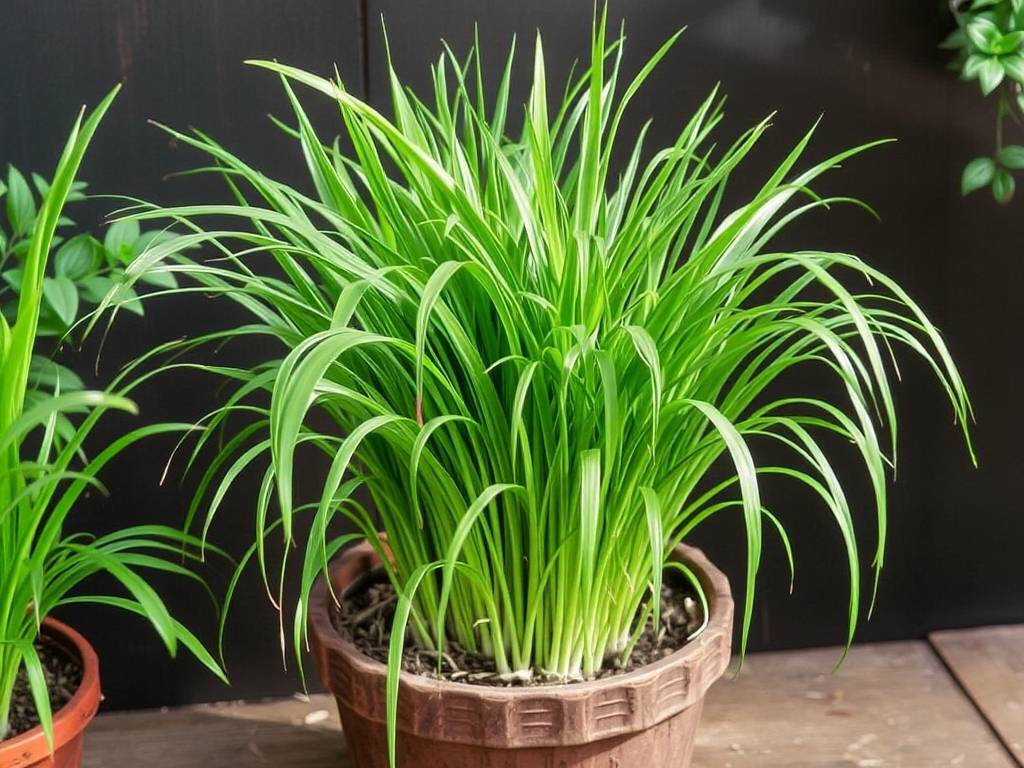
Before we dive into care tips, it helps to understand what makes lemongrass tick. Native to tropical regions of Asia, Cymbopogon citratus thrives in warm, humid conditions with plenty of sunlight. It's a perennial grass that grows in clumps, and under ideal conditions, it can reach heights of 3-5 feet. The part we typically use in cooking is the tender lower portion of the stalk, which develops that wonderful lemony flavor when grown properly.
Many gardeners wonder about lemongrass plant care basics, and the good news is that it's quite forgiving. The key is replicating its natural tropical habitat as much as possible. Whether you're growing it in garden beds or containers, these five tips will ensure your plant not only survives but flourishes.
1. Master the Art of Sunlight and Temperature
Lemongrass is what I like to call a "sun worshipper." For optimal growth and the development of those fragrant shoots we all love, your plant needs plenty of direct sunlight. Aim for at least 6-8 hours of full sun daily. If you're growing lemongrass indoors, place it in your sunniest window, preferably facing south. Without adequate sunlight, your plant will become leggy, pale, and won't develop the robust flavor you're hoping for.
Temperature is equally crucial for successful lemongrass cultivation. This tropical plant thrives in temperatures between 70-85°F (21-29°C). It's quite sensitive to frost, so if you live in a region with cold winters, consider growing lemongrass in containers that you can move indoors when temperatures drop below 40°F (4°C). For those wondering about overwintering lemongrass plants, simply bring them inside before the first frost and place them in a sunny spot. They may grow more slowly during winter months, but will bounce back vigorously once returned to warmer conditions outdoors.
2. Perfect Your Watering Technique
When it comes to watering lemongrass plants, think "consistent moisture" rather than "constantly wet." During the growing season, water your lemongrass deeply whenever the top inch of soil feels dry. The goal is to keep the soil evenly moist but never waterlogged, as sitting in water can lead to root rot.
Here's a pro tip for determining when to water: stick your finger about an inch into the soil. If it feels dry, it's time to water. If you're growing lemongrass in containers, you'll likely need to water more frequently than plants in the ground, especially during hot weather. Container-grown plants dry out faster, so check them every couple of days.
For those practicing lemongrass container gardening, ensure your pots have adequate drainage holes. Combine this with a well-draining soil mix, and you've created the perfect environment for healthy root development. During winter, when growth slows, reduce watering frequency significantly, allowing the soil to dry out more between waterings.
3. Choose the Right Soil and Fertilizer
Lemongrass isn't terribly fussy about soil, but it does have preferences. Well-draining soil is absolutely essential - think rich, loamy soil with plenty of organic matter. If you're working with heavy clay soil, amend it with compost or well-rotted manure to improve drainage. For container growing, a quality potting mix with some added compost works wonderfully.
When it comes to feeding your plant, lemongrass benefits from regular fertilization during the growing season. Use a balanced, slow-release organic fertilizer every 4-6 weeks from spring through early fall. Alternatively, you can use a liquid fertilizer every two weeks. Many gardeners have great success with fish emulsion or seaweed-based fertilizers, which provide essential nutrients while being gentle on plants.
If you notice the tips of your lemongrass leaves turning brown, it might indicate a nutrient deficiency, often nitrogen. This is easily remedied with an appropriate fertilizer application. Remember that proper lemongrass soil requirements and nutrition directly impact the development of those prized fragrant stalks.
4. Practice Proper Division and Pruning
One of the joys of growing lemongrass is watching it form beautiful, dense clumps. Over time, these clumps can become quite large and may benefit from division. The best time for dividing lemongrass plants is in spring, as new growth begins. Simply dig up the entire clump (or remove it from its container) and use a sharp spade or knife to separate it into smaller sections, each with roots and several shoots. Replant these divisions, water well, and you'll have multiple new plants!
Regular harvesting and pruning actually encourage more vigorous growth. When harvesting lemongrass stalks for cooking, select outer stalks that are at least half an inch thick and cut them at the base, as close to the soil line as possible. You can also trim back any dead or yellowing leaves to keep your plant looking tidy and to encourage new growth.
For those interested in propagating lemongrass from stalks, it's incredibly simple. Take fresh lemongrass stalks from the grocery store or your garden, place them in a glass of water, and watch as roots develop within a couple of weeks. Once the roots are established, you can pot them up in soil.
5. Prevent and Treat Common Problems
Despite being relatively trouble-free, lemongrass can occasionally face challenges. The most common issue is rust fungus, which appears as orange or brown spots on leaves. This typically occurs in conditions of poor air circulation and excessive moisture. To prevent this, ensure your plants have adequate space between them and water at the base rather than overhead.
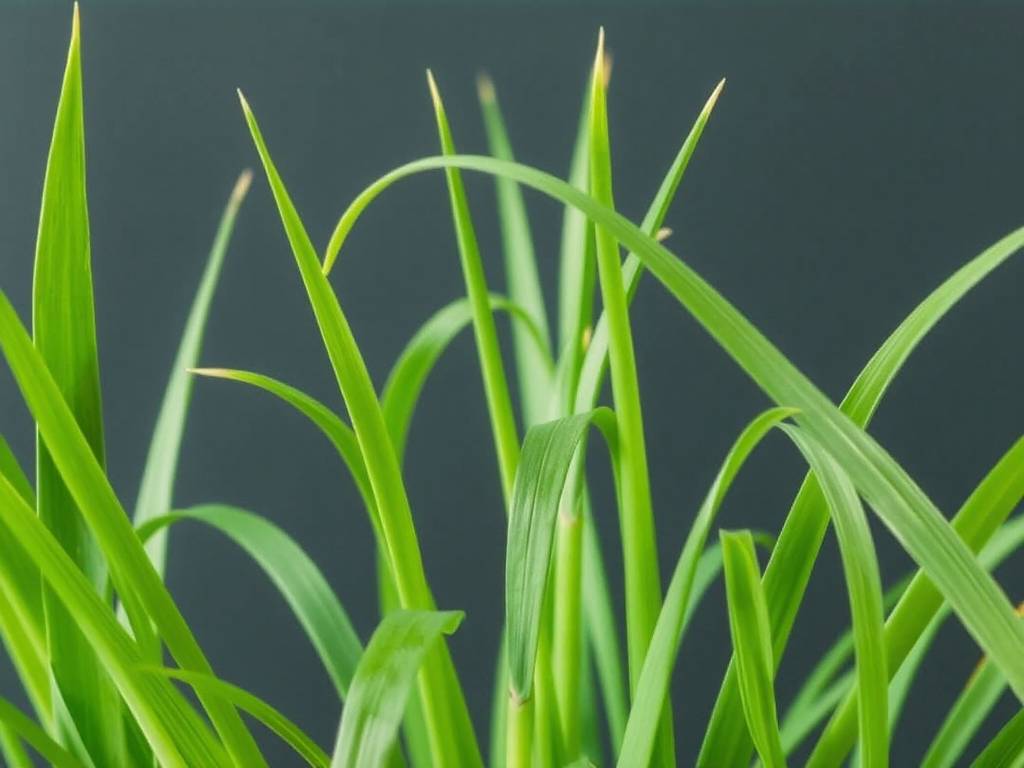
Spider mites might occasionally bother lemongrass, especially when grown indoors during winter. These tiny pests cause stippling on leaves and fine webbing. A strong spray of water or application of insecticidal soap usually takes care of them.
For gardeners in cooler climates wondering about growing lemongrass in cold climates, container gardening is your best bet. This allows you to move plants indoors during winter. When bringing plants inside, check carefully for pests and isolate them from other houseplants for a week or two until you're sure they're pest-free.
Harvesting and Using Your Lemongrass
The moment you've been waiting for - harvest time! You can begin harvesting lemongrass stalks once they reach about half an inch in diameter and are at least 12 inches tall. To harvest, simply grasp the stalk near its base and pull it away from the plant, or use a sharp knife to cut it at soil level. The lower, paler portion of the stalk is the most tender and flavorful part for cooking.
Fresh lemongrass adds incredible flavor to Southeast Asian dishes, teas, and marinades. You can freeze harvested stalks for later use, or dry them for teas. The leaves also make a wonderful herbal tea that's both refreshing and calming.
Final Thoughts
Growing lemongrass successfully comes down to understanding and meeting its basic needs: plenty of sunlight, consistent moisture, well-draining soil, occasional feeding, and proper division when needed. By following these lemongrass growing tips, you'll be rewarded with a beautiful, aromatic plant that provides both ornamental value and culinary delights.
Whether you're growing lemongrass for its fragrant shoots, its tropical appearance, or both, these practices will ensure your plant thrives. Don't be afraid to experiment and learn as you go - gardening is as much about the journey as the destination. With a little attention and care, your lemongrass will become one of the most rewarding plants in your garden or home.
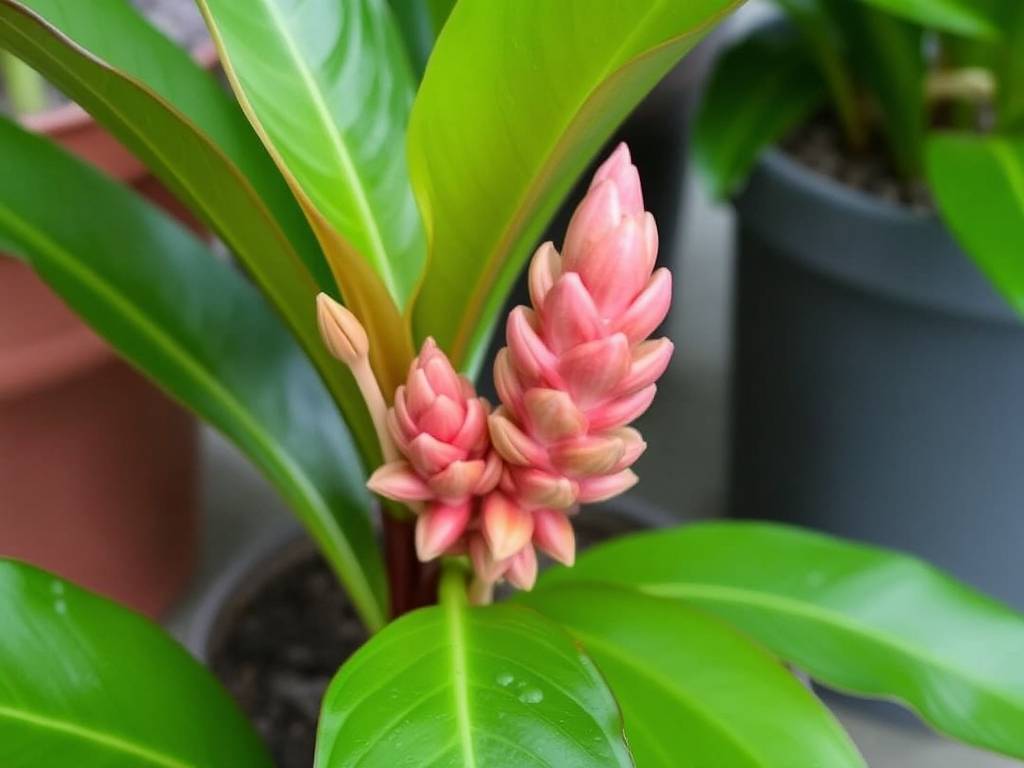
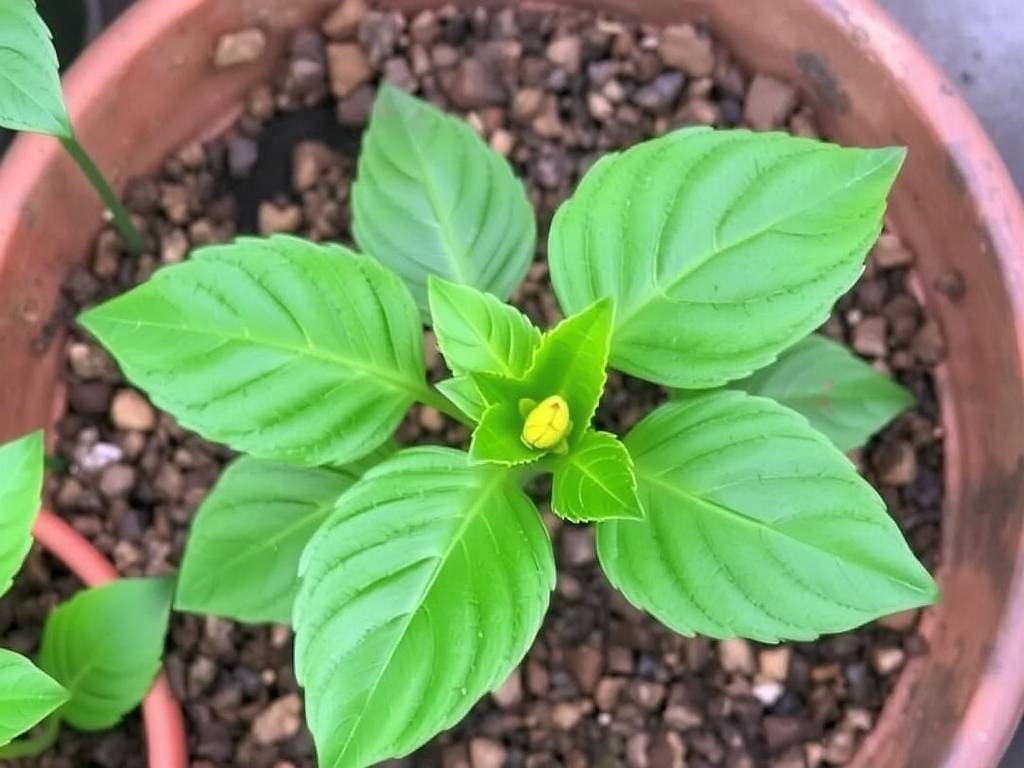
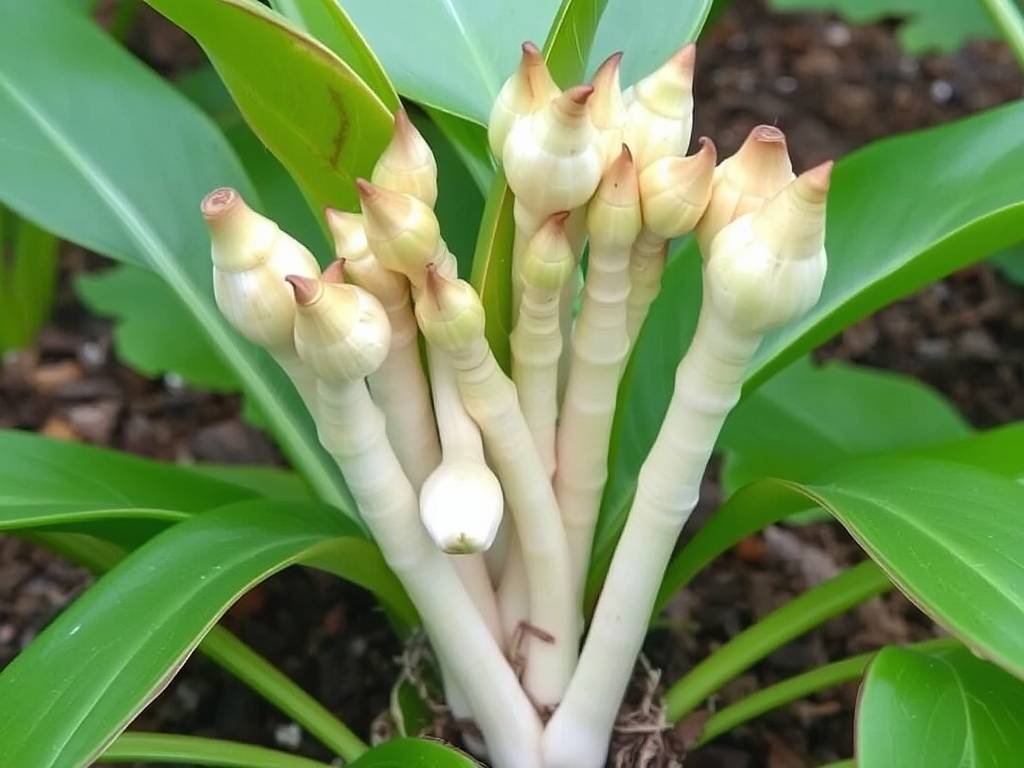
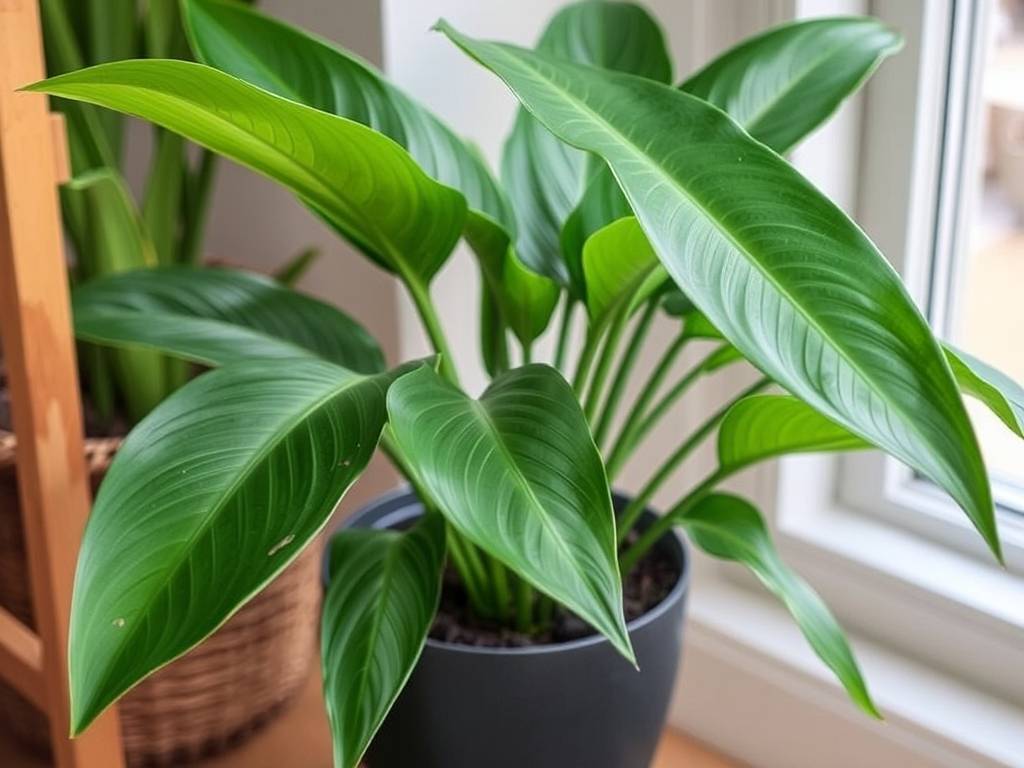
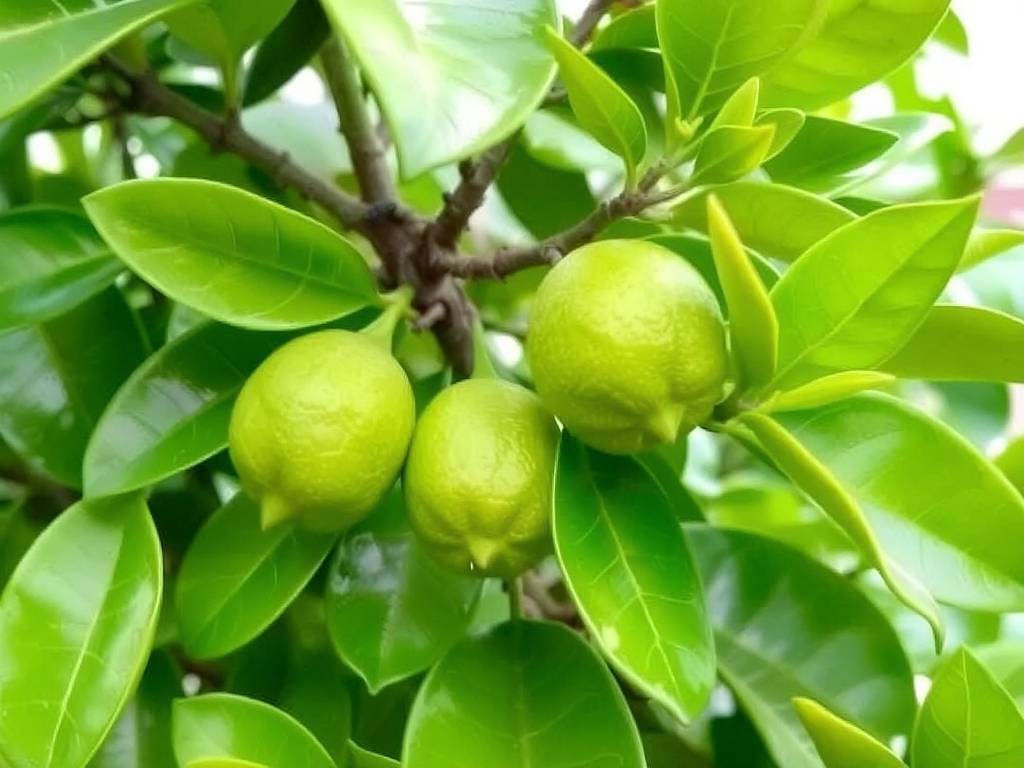
发表评论